This week’s blog is a little different as it comes direct from Oakfield Primary Academy in Dartford Kent. The school has been thinking about building pupils’ learning power for a while now and recently started using the Building Learning Power online courses to deepen their approach. As we give time for the changes in classroom practice to take shape, we invited the school to write about preparatory changes they have put in place over the last couple of years. Their first article explains why and how they have made changes to the curriculum itself.
The school is a large primary school located in Dartford with a school roll of 729. They serve a diverse culture of children with the percentage of pupils with English as an additional language above national figures and with 48 different first languages being spoken. The number of pupils on the SEN register is slightly lower than national average. It was last inspected in 2014 and achieved a grading of good but has since converted to academy status as of September 2016.
Jason Pearn, Headteacher at the academy, writes:
“When the new curriculum first came into view we realised that we had the freedom, together with responsibilities, to develop our own curriculum. We wanted an emphasis on a mastery approach to ensure greater depth of learning and to improve resilience in the children, especially when confronted with learning challenge.
Our programmes of study for foundation subjects didn’t seem to offer the skills and understanding we were looking to encourage in our pupils. We had already begun to implement a greater depth approach to learning in maths by adopting the ‘Maths Mastery’ approach in KS1 and KS2. Even in its early stages it was very apparent that this approach promoted greater enquiry and contextual links and that such an approach would be necessary for the wider curriculum subjects as well.
These realisations led us to develop a clear curriculum vision; we wanted to facilitate a 21st century child who was equipped with life-long learning skills for a fast changing world. Our first step in designing our curriculum was to strip it back to the core principles. In the past the initial focus had been a heavy reliance on the actual content of the curriculum with much, usually in the guise of a topic, being covered simply because that was what we had always done. Instead our primary focus became ‘The Why’ of learning, we wanted our curriculum to have a clear focus on the child, their needs, their interests and on the actual skills that they would need in order to be successful in the ever changing world they are growing up into.
Realising the roots of learning
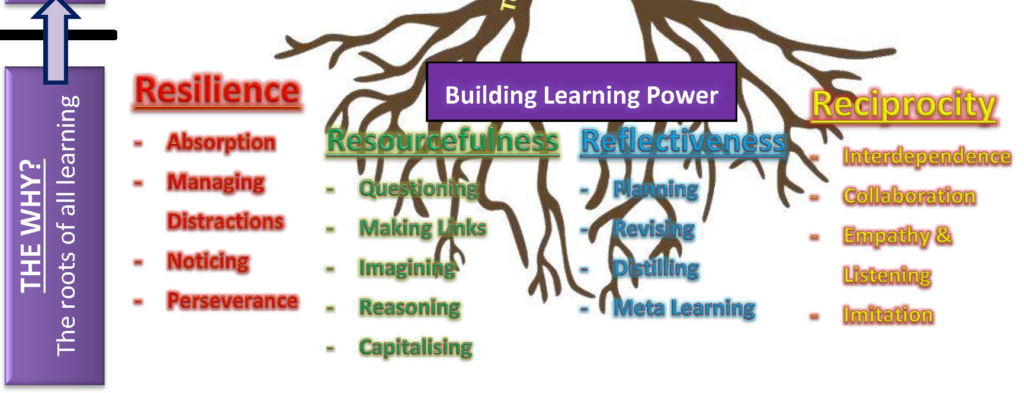
So in stripping it all back we felt that it was important to understand ‘The Why’, or the roots of all learning first. We thought of these as the core skills that children must develop in order to be successful and thrive as learners. We knew that we needed to consistently apply focus on producing inquisitive and engaged learners and settled on the implementation of the learning behaviours in the ‘Building Learning Power’ approach. We saw this framework as the roots of learning that would support children to become resourceful, reflective, reciprocal and resilient individuals. We felt that if children could master these core learning skills, it wouldn’t matter what they were learning or how challenging it was; they would learn because they would be using a wide range of skills to do so.
Structuring how the curriculum would be taught
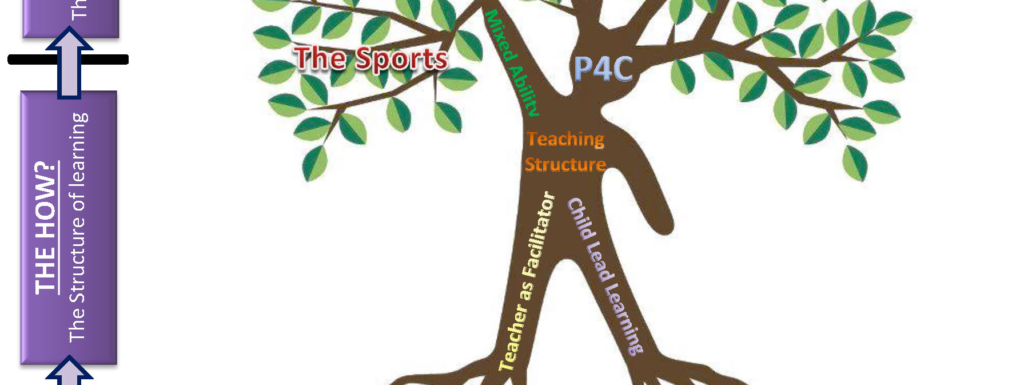
The next stage was to think more strategically about ‘The How’ or the structure of learning. If we wanted fully developed 21st century learners then we had to think more smartly about the way we taught them. This led to a variety of bold changes:
- Most notably we removed ‘setting’ across core subjects and introduced a true mixed ability classroom. This was to make sure we removed the automatic bar on what each individual child could achieve.
- We introduced Philosophy 4 Children into the curriculum, not as an additional lesson but as a teaching strategy to ensure children had a chance to debate and openly use their reasoning across the curriculum.
- We began experimenting with more child-led approaches to learning. Children were given many more opportunities to learn outside the classroom and to shape learning through their interests.
- We needed to develop teachers as facilitators, guiding and shaping learning by fully engaging children in developing their independence as a learner. To secure these teaching strategies we developed a different year team structure. This included a non-class based teacher leading each year group (with the title of Leader of Learning). Their role is to be fully involved with the learning of their year group, supporting and developing the skills of the teachers while quickly picking up on children who are showing gaps in their learning and giving help to close those gaps quickly.
And finally….the content
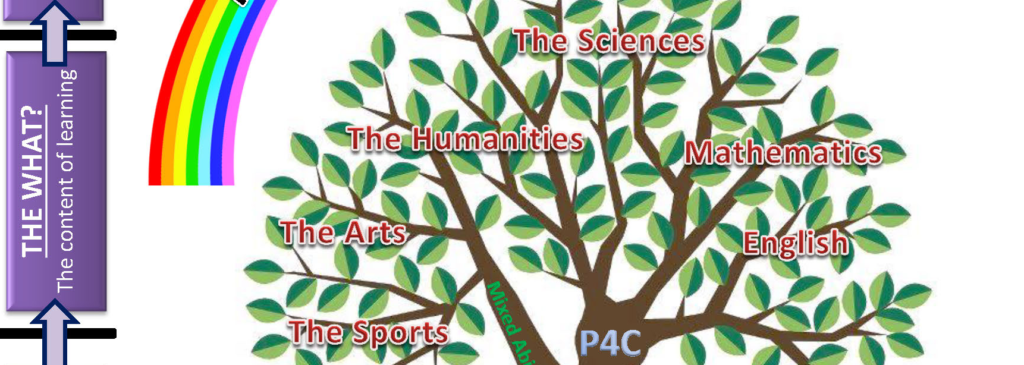
It was at this point that we finally came to ‘The What’ or the content of learning. Now we read widely about what was likely to make an outstanding primary curriculum, particularly with regard to the depth of learning and child-led initiatives.
It quickly became apparent that an important part of the transition to our own curriculum we needed to support teachers in understanding the National Curriculum for England, since this was the foundation on which we were to build our own curriculum. We familiarised ourselves with new and existing content in the National curriculum, and the Curriculum leader produced subject specific documents relating to expected national curriculum coverage of foundation subjects within each year group.
Pupil voice surveys had earlier highlighted that whilst they enjoyed their learning in the afternoon, a typical time for topic learning, children couldn’t articulate what subject knowledge or skills they had developed. ‘Subjects’ had only been taught under the umbrella of a ‘topic’. So for example, a Year 3 child could tell us he had been learning about dinosaurs but, when asked if he had done any science that term, he said no! This needed to change.
Depth in learning
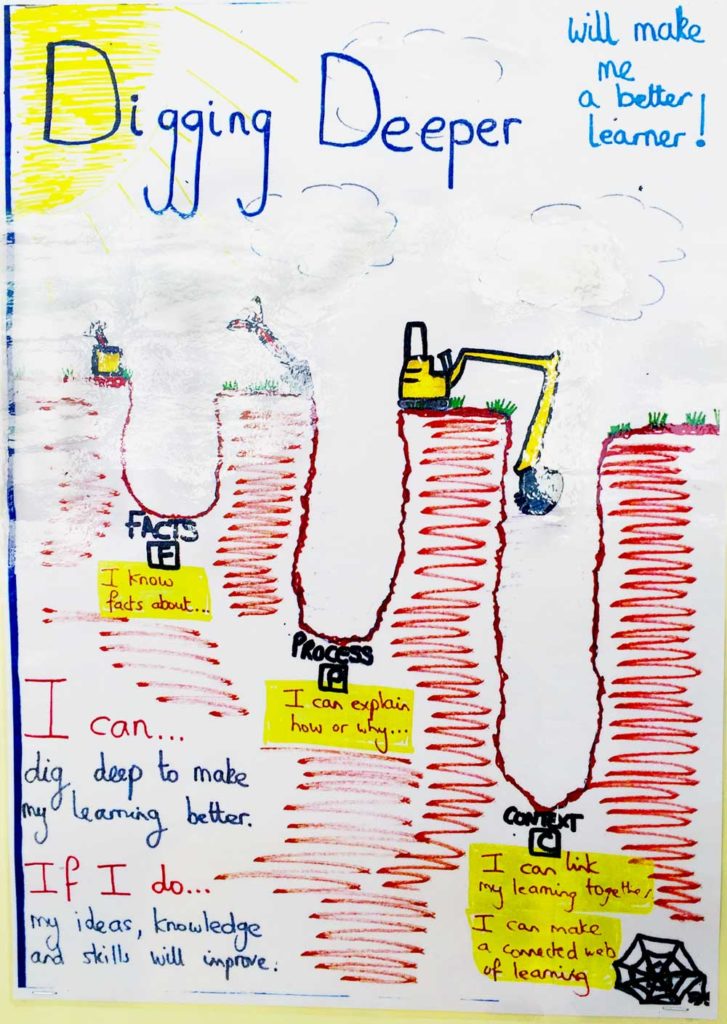
To ensure greater depth of learning, the Curriculum leader researched Bloom’s Taxonomy and his belief that all learning is knowledge but that knowledge can be Factual, Procedural and Contextual (FPC). Using this progression allows children to ‘dig deep’ into their learning. This led to the creation of ‘FPC mastery’.
The approach to this was made through the analogy of ‘digging deeper’ into learning. Posters were placed at the centre of curriculum learning walls showing various digging tools needed to create holes of various depths which each related to the F, P and C of ‘FPC’. To create the shallowest hole (where children might be researching simple facts – factual), children would only need a bucket a spade to break the surface of their understanding. To dig a bit deeper and begin to explore how? and why? questions (procedural) children might need more robust digging tools like a spade, which means they are exercising more of their learning muscles. The contextual ‘hole’ (dug with a JCB digger!) encourages the children to go deep and wide with their learning and make interesting and challenging cross-curricular links as well as exploring their learning in a local, national and global context.
Additionally, pupils’ work was highlighted with an FPC learning sticker, colour coded to indicate the subject they were studying. These stickers had FPC tick boxes allowing both teacher and pupil to indicate the depth of learning they had carried out – whether F,P or C.
These stickers have a dual purpose related to assessment for learning:
- They allow subject leaders to track the progression of their subject and moderate whether enough deeper learning is going on in the classroom
- They allow teachers to provide robust assessment for learning and challenge opportunities. For example, if they have taught a factual (F) lesson, they may wish to ask a challenging (P) or (C) question to drive the learning on.
Our biggest considerations in implementing this new approach were:
- to tackle the logistics of timetabling
- to understand teachers’ hopes and concerns towards the curriculum changes
- to develop teacher CPD in understanding the curriculum changes
And now…
Our curriculum now provides well-organised and effective opportunities for learning for all groups of pupils; it promotes and sustains positive behaviour, a good understanding of safety matters and provides a broad range of experiences that contribute well to the pupils’ achievement and to their spiritual, moral, social and cultural development. It allows for diverse, engaging extra-curricular experiences through carefully planned visits and workshops designed to strengthen the connections children make with their learning.
Just one more step
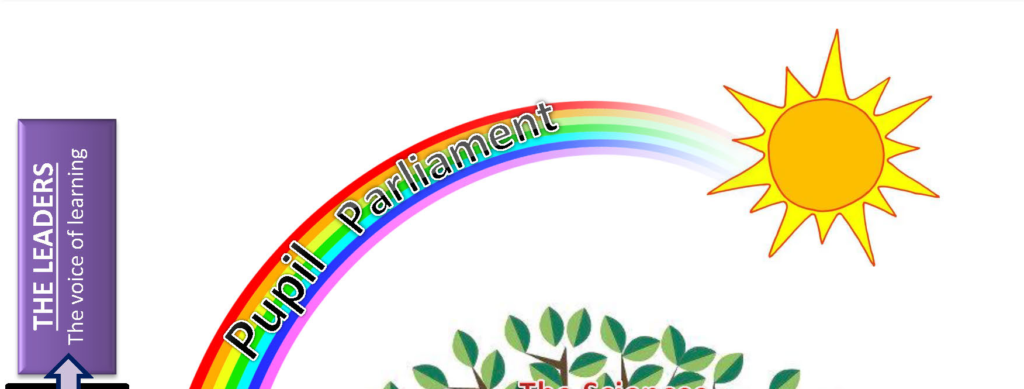
The final step of the curriculum vision was to give children (The Leaders) a learning voice so that they would have a real level of ownership of the curriculum. We firmly believe that to truly engage in their schooling and education, children need to feel a sense of ownership. With that ownership comes dedication and commitment to learning, leading naturally to improved progress and attainment. Hence we introduced The Pupil Parliament. In line with true parliament we set up four councils: Education, Home, Defence and Energy. Each council has a specific focus and meets regularly to discuss improvements that could be made in their area of responsibility. This takes the form of a question which is then researched in each class and then the councils discuss their findings and decide on a plan of action that they then take to the central Pupil Parliament.
The Pupil Parliament oversees the four councils and consists of Head and Deputy Boy/Girl, each council leader and deputy, the Headteacher and a Trustee. They vote on any suggestions made and assign finance to each area. Inevitably the new curriculum has been the subject of discussion in the Education Council. Their experience of the curriculum and even their demands of the curriculum have been discussed and agreed. Thanks to the Pupil Parliament, each class now takes at least three lessons a week outdoors or at least have practical lessons with a view to developing their collaborative skills.
Not finished yet
This whole development of our curriculum vision is far from complete. We have given ourselves three years to develop and fully embed the ideas. We are currently embarking on year 2 of this change so while there has been some significant improvements in our curriculum, we are by no means done yet. There are still some issues around consistency of approach across the school although term by term these are becoming less of an issue. Some teachers have found the change to mixed ability teaching and a child-centred approach a challenge mainly because this represents a complete change in mind-set. However, everyone is on board with the bigger vision behind the changes and why they are necessary and are striving hard to adapt and change for the benefit of the children in our school.”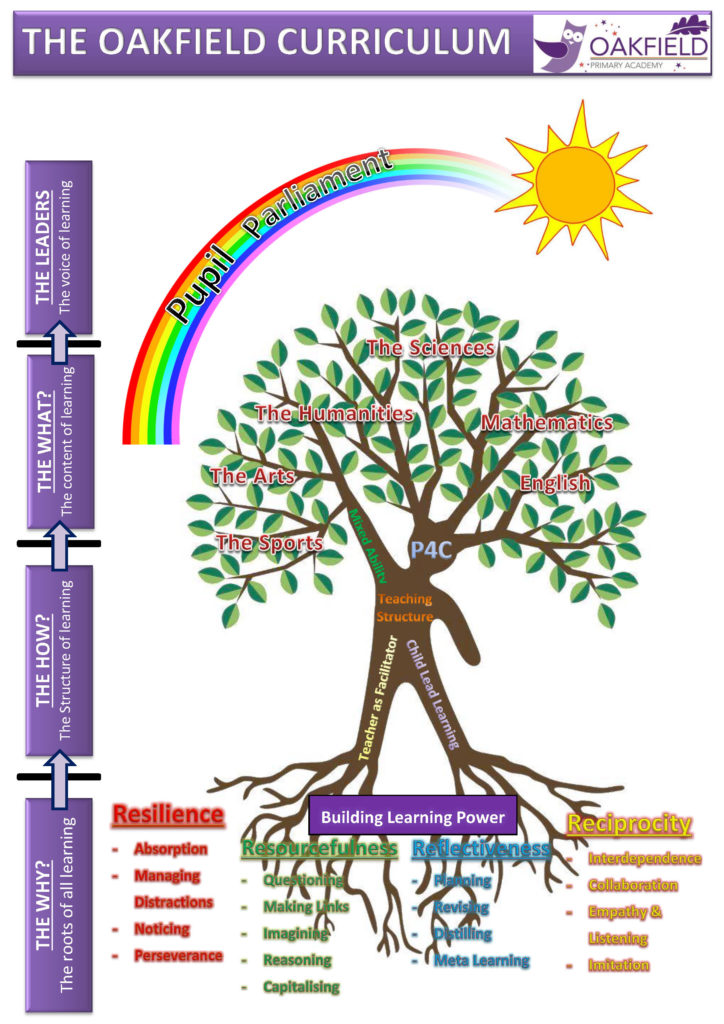

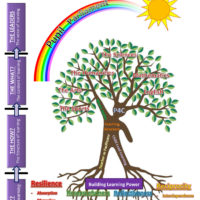
No comments yet.